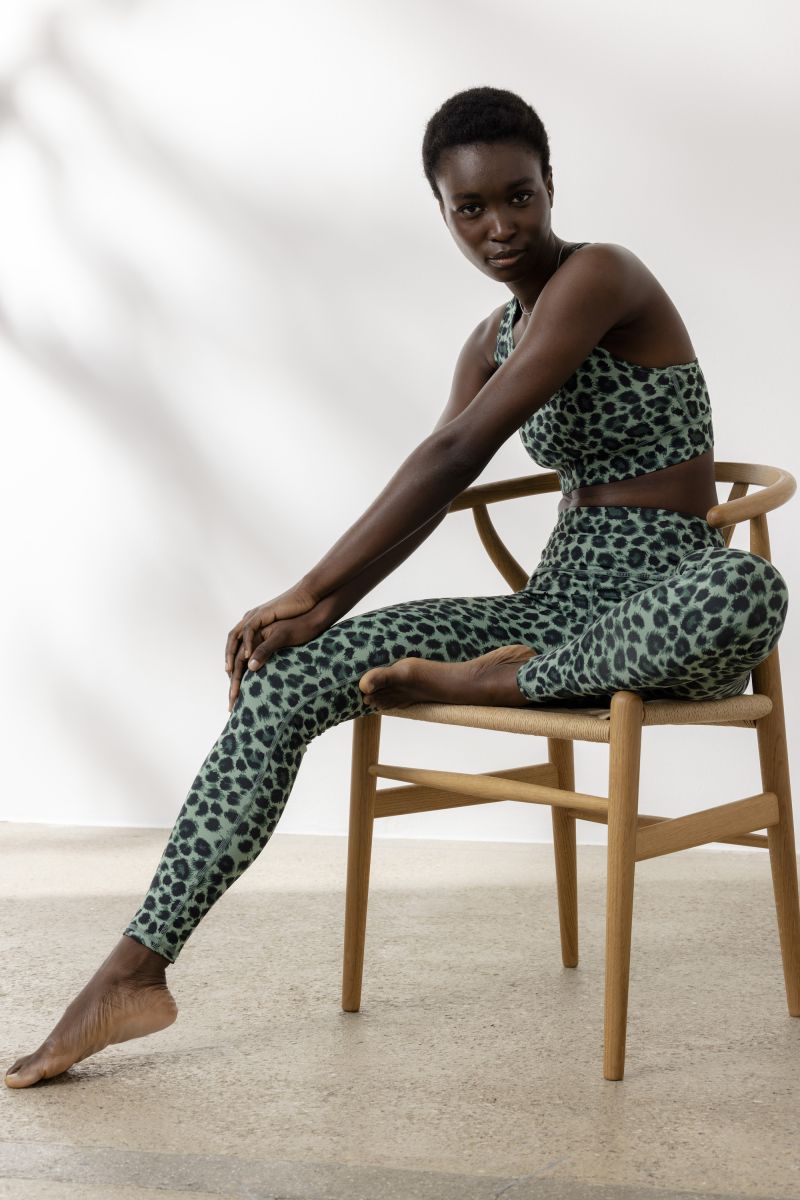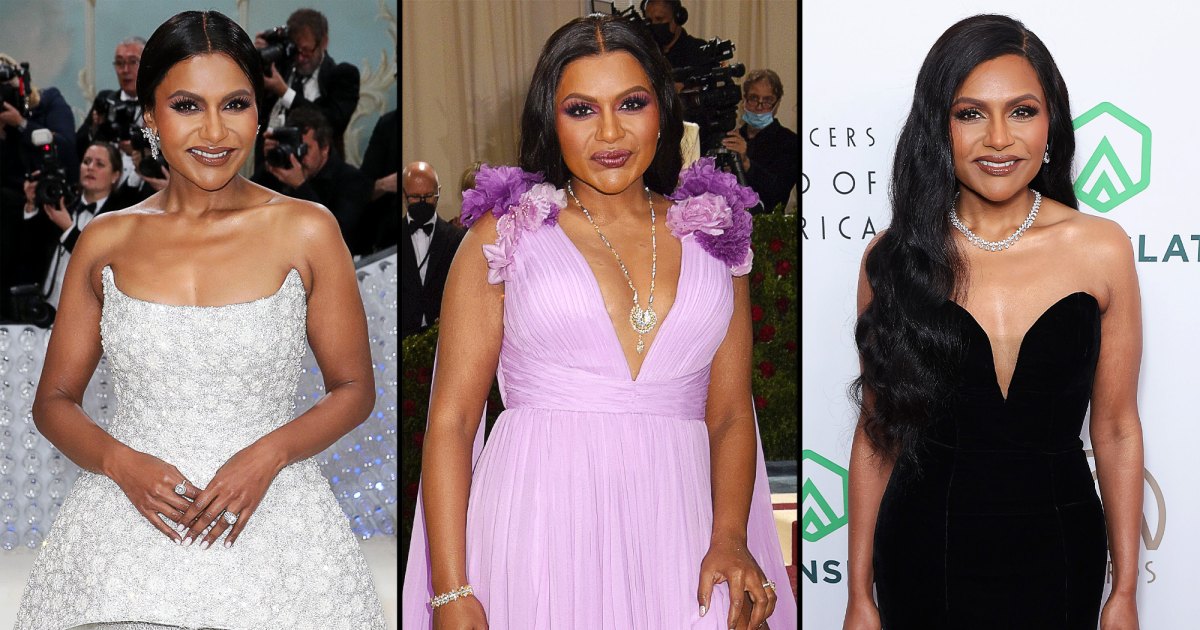
The Rise of Leggings: A Multibillion-Dollar Phenomenon

Leggings have transformed from a fashion faux pas of the 80s to a booming multibillion-dollar industry, driven by technical advancements and a growing demand for inclusivity Discover how these once-derided garments have become a staple in everyone's wardrobe
It's surprising that leggings, one of the most mocked fashion staples of the 1980s, has become a multi-billion dollar industry by the end of the 2020s. Valued at $32.89 billion in 2022, the global leggings market is projected to reach $57.97 billion by 2031. Market research company Growth Market Reports also predicts that 4 billion pairs of tights and leggings will be produced in 2027. These numbers not only represent a significant change in fashion, but also in culture.
While the world's largest luxury brands are, naturally, all eager to expand their offerings in the category—see Prada, Loewe, and Moncler, luxury brands who all offer leggings in their current collections—this is not a booming business thanks to fashion. Rather, the unprecedented and increasing appetite for fitness apparel from brands who have built a loyal following based on sustainability and proven performance wear.
German brand Hey Honey Yoga say their customers "prioritize functionality, quality materials, and flattering fits."
Hey Honey Yoga
Say goodbye to uncomfortable, low-quality leggings of the past. The latest trend in leggings is all about high-quality, technologically advanced materials that offer superior comfort and performance.
One example is Vuori, a California-based brand known for their workout tights priced between $98 and $108. Their signature "BlissBlend" fabric is made from 75% recycled materials, providing a lightweight, stretchy feel that customers adore. Additionally, their "BreatheInterlock" fabric is designed to wick away moisture and create a smooth, airbrushed look.
Sarah Carlson, the senior vice president of women's design at Vuoris, prioritizes fabric innovation. She works with her material innovation team on-site with mill partners in Europe and Asia for one to three years to bring their materials to life. Their goal is to redefine performance fabrics and activewear, while also prioritizing materials that are environmentally friendly.
The German brand Hey Honey Yoga, a family-run company, is gaining popularity in the industry. Their gym tights, priced at around $120, are OEKO-TEX certified and PETA-approved vegan.
According to Tomma Oeljeschlager, who leads the brand with her sisters Imke von Johnston and Janka Oeljeschlager, Hey Honey customers are looking for more than just activewear, they want a holistic experience. "From the start, we have been dedicated to pushing boundaries in this rapidly evolving industry."
Experts also believe much of the appeal of leggings is due to their size inclusivity.
Vuori
Hey Honey Yoga say their customers "prioritize functionality, quality materials, and flattering fits that empower movement while reflecting their unique style", she said.
Inclusivity is important
In this highly competitive industry, there are several major players with millions of followers on Instagram, including On! Running (1.4m followers), Gymshark (6.7m), Lululemon (4.7m), and, of course, Skims (5.6m), the brainchild of Kim Kardashian, who is widely credited with popularizing the body-con movement, in which leggings take center stage.
"According to Lucie Greene, trend forecaster and founder of consultancy Light Years, there is a strong millennial market that is embracing shapewear like Skims. This is partly due to the influence of yoga, fitness, and wellness culture, as well as a Gen-Z audience that values comfort and casual dressing. In addition to performance and casual wear, Greene also emphasized that an inclusive approach to sizing is essential for success in this industry."
The designer draws inspiration from fossils to design forward-thinking clothing. The popularity of leggings is attributed to their inclusivity, with expanded sizing by global and direct-to-consumer brands making them accessible to all body types, unlike other categories like denim and stretch denim.
"Innovation always prioritizes inclusivity," stated Carlson, emphasizing that Vuori's "BlissBlend" offers a range of inseam options and sizes from XS to XXL. "The fabric incorporates a unique elastane that stretches to accommodate diverse body shapes. The outcome is complete body comfort and a consistent feeling of softness that our customers have come to anticipate," she explained.
"Ultimately our goal is to design products to make moving easier... Backed by incredible science and innovation," said a spokesperson for Nike.
Nike
Nike, Puma, and Adidas are among the traditional sports brands present in the market. Nike has announced its increased investment in "womens-specific innovation" over the past two years, aiming to enhance their understanding of the female body. One key focus of this investment is on tights, which are considered an essential part of a woman's wardrobe according to a Nike spokesperson who communicated with CNN via email.
"We have the chance to welcome more people to discover the advantages of sports and the happiness of being active," they stated. "Our ultimate goal is to create products that make movement more accessible, enabling women and girls to feel self-assured, comfortable, beautiful, and strong. All of this is supported by incredible scientific advancements and innovation."
According to Greene, it is this innovation that is the secret to the success of this thriving business. "Technical precision and exclusive fabrics are now a crucial factor in building brand loyalty and telling a story. They also allow for charging higher prices, particularly to sophisticated audiences who invest in luxury fitness concepts and various scientific treatments to enhance their physical well-being," she explained.
"In many ways, this is connected to the increasing status of innovation as a luxury cornerstone," she added. "Scientific progress and exploration are now considered aspirational for brands to prioritize, and are seen as a luxury."
If we go back to the 1980s, the idea of leggings as a luxury would have been difficult to understand; but looking ahead three decades, they have proven to be a long-lasting fashion item.














